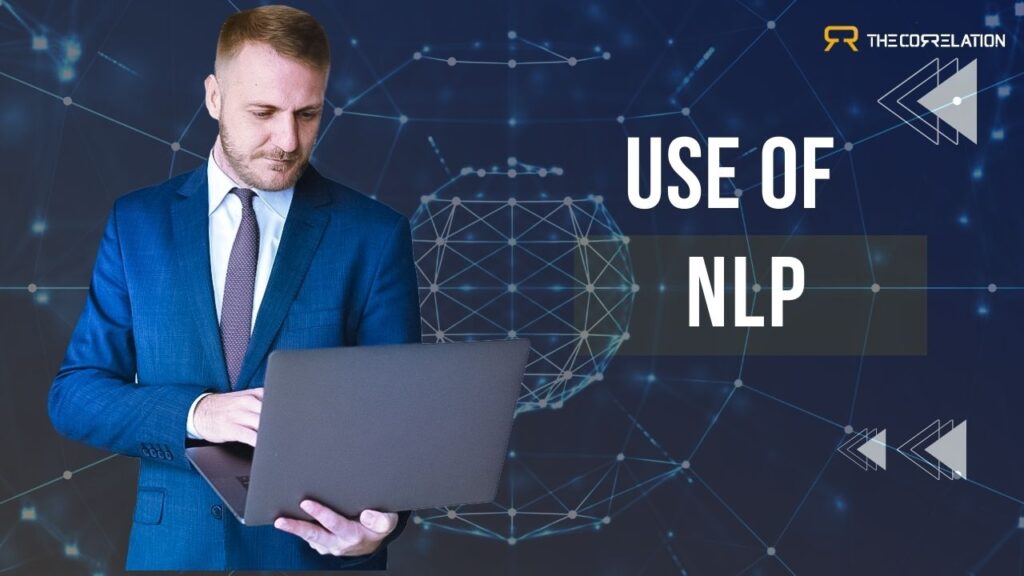Natural language processing, or NLP, has been developing and finding more uses across a range of industries. Here are a few major applications of NLP in 2024:
Conversational AI and Virtual Assistants
Advanced Chatbots: With natural language processing (NLP) at its core, these chatbots offer high-end customer support by deftly answering intricate questions.
Voice Assistants: With enhanced natural language comprehension and speech recognition, virtual assistants are more user-friendly and able to handle a wider range of activities, such as personal scheduling and smart home control.
Healthcare
Medical Documentation: By automating the transcription and summary of medical information, natural language processing (NLP) lowers administrative workloads and boosts precision.
Clinical Decision Support: NLP systems examine patient data, medical literature, and real-time data to give healthcare providers decision assistance that improves diagnostic and therapeutic procedures.
Source: Data Science in Healthcare
Business and Finance
Sentiment Analysis: Social media, news stories, and customer reviews are analyzed by sophisticated sentiment analysis algorithms to determine market trends and public opinion.
Automated Reporting: NLP helps analysts and decision-makers by producing financial reports, summaries, and insights from huge datasets.
Education
Personalized Learning: NLP systems provide resources and feedback that are specifically tailored to each student’s needs. They also modify tests and instructional materials.
Language Learning and Translation: Accurate and context-aware language support is provided via enhanced language learning programs and translation services.
Legal and Compliance
Document Analysis: NLP uses artificial intelligence (AI) to find important details and inconsistencies in contracts, legal documents, and compliance reports.
Regulatory Monitoring: Ensuring that firms remain compliant requires constant observation of legislative and regulatory developments.
Customer Experience
Personalization: NLP improves customer satisfaction by offering tailored advice and solutions depending on each person’s preferences and past interactions.
Multilingual Support: Companies that use real-time translation and localization services provide superior customer help in various languages.
Source: Customer Experience
Human Resources
Recruitment: NLP techniques are used to filter resumes, match candidate profiles with job descriptions, and even do preliminary interview evaluations.
Employee Feedback: HR departments may better identify and handle workplace challenges by using sentiment analysis of employee input.
Content Creation and Management
Automated Content Generation: NLP helps writers and editors swiftly produce high-quality content by generating reports, articles, and creative content.
Content Moderation: NLP algorithms keep an eye on and regulate online material to make sure that it follows accepted norms and community guidelines.
Natural language processing (NLP) has a very bright future ahead of it, with developments that might completely transform a range of industries and applications. The following are major themes and prospective advancements to look out for in the upcoming years:
Advancements in Deep Learning Models
Transformers and Beyond: NLP models in the future will continue to advance in sophistication, surpassing previous models in their ability to comprehend context and subtleties. This is based on the success of models like BERT, GPT-3, and its offspring.
Efficiency Improvements: Scientists are attempting to increase the computational resource efficiency of NLP models, allowing for real-time processing on low-power devices such as smartphones and edge devices.
Source: Deep Learning
Multilingual and Cross-Lingual Models
Universal Models: The development of universal language models—which can comprehend and produce text in several languages without requiring further training—will advance significantly.
Improved Translation: As machine translation systems advance, they will become more precise and sensitive to context, facilitating more seamless and dependable cross-language communication.
Contextual Understanding and Commonsense Reasoning
Enhanced Context Handling: From lengthy talks and papers to longer discussions, future NLP systems will be more adept at preserving context, which will increase their usefulness in intricate applications like customer support and legal document analysis.
Commonsense Knowledge Integration: By incorporating commonsense thinking into NLP models, more logical conclusions may be drawn and more pertinent and correct replies can be given.
Personalization and User Adaptation
Tailored Interactions: By using learning from each unique user contact, natural language processing (NLP) systems will be able to offer very customized replies and suggestions that will boost user happiness and engagement.
Adaptive Learning: As a result of user input, models are always learning and changing, which enhances their performance over time and results in more pertinent interactions.
The way that work is done and services are provided is changing as a result of the widespread application of NLP, which improves productivity, accuracy, and user experience. As NLP technology develops, its uses will grow ever more widespread and essential to daily operations in a variety of sectors. Significant developments in NLP are anticipated in the future, which will improve how humans communicate and use technology. NLP will continue to develop and spur innovation in a variety of industries, from increasingly complex models and tailored experiences to moral AI and domain-specific applications. NLP will play an ever bigger role in our daily lives and the technology landscape as these breakthroughs take place.


